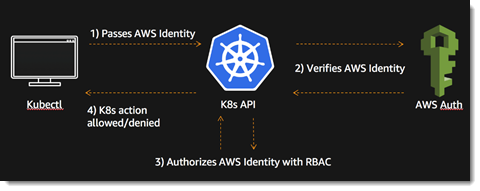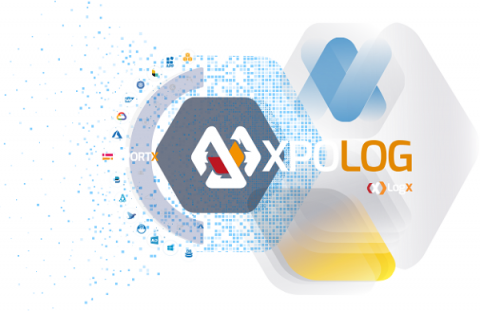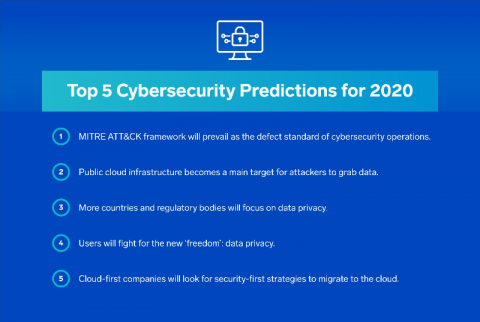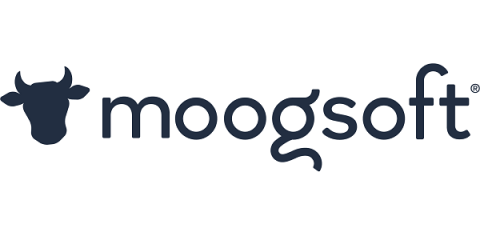Operations | Monitoring | ITSM | DevOps | Cloud
Latest News
Mac system extensions for threat detection: Part 1
When it comes to having visibility and detecting threats on macOS, one of the best sources of information for file system events, process events, and network events is the kernel. MacOS kernel extensions provide the ability to receive data about these events in real time with great detail. This is good for providing quick visibility into detecting anomalies and identifying possible threats.
How to Set Up Graylog GeoIP Configuration
Gathering logs that contain IP addresses are quite common across your infrastructure. Your firewalls, web servers, wireless infrastructure and endpoints can contain IP addresses outside your organization. Having additional data on those logs that gives you the Geolocation of the IP address helps in your investigations and understanding of your traffic patterns. For Example, if you can see logs on a World Map, you know if you are communicating to a country you don’t normally talk to.
Generate metrics from your logs to view historical trends and track SLOs
Web server logs and other access logs from technologies such as NGINX, Apache, and AWS Elastic Load Balancing (ELB) provide a wealth of key performance indicators (KPIs) for monitoring the health and performance of your application and understanding your users’ experience. These logs tell you how long pages take to load, where errors are occurring, which parts of your application are requested the most, and much more.
A Guide to 2020's Best Tech Events
2020 is finally here — and with the dawn of this new decade comes cutting-edge advancements to our platform as well as more opportunities to meet up and receive feedback from customers and community members at events around the world.
What Are the Differences Between On-premises and Cloud-based Log Management?
Cloud computing has changed the way we think about software, and opened up many new possibilities in both business and software development. Log management tools have also been affected by this, which begs the question – what are the pros and cons of cloud log management when compared to on-premises solutions? There are several key things you should consider before opting for either one, so here is a brief overview of the most important aspects that will help you make an informed decision.
Log Forensics: The Basics of Finding Intel in Your Logs
Today’s post covers yet another log-related concept: log forensics. What’s this, and why should your organization care about it? Well, this is a topic related to logs, which are ubiquitous in the technology field. An IT organization that doesn’t generate many MBs worth of logs each day would be a rare occurrence nowadays. Even though logs are omnipresent, specific terms might not be so well-known. Not long ago, we covered log analytics, and today it’s log forensics time.
Top 5 Cybersecurity Predictions for 2020
How to Monitor Cloud Migration and Data Transfer
Cloud migration is more than just a buzzword. According to several reports released at the beginning of 2019, almost 70% of enterprise organizations are moving their applications and infrastructure from local, self-managed hardware to one of the big cloud providers. Multiple case studies have been written about companies like Spotify, Dropbox, Gitlab, and Waze, all of which have replaced their core business infrastructures with cloud data centers.
How AIOps Reveals Deep Value from Log Analysis
The volume and ambiguity of log files makes them impossible for humans to process. The promise of logs is revealed when AIOps is applied to analyze their deep structure.











